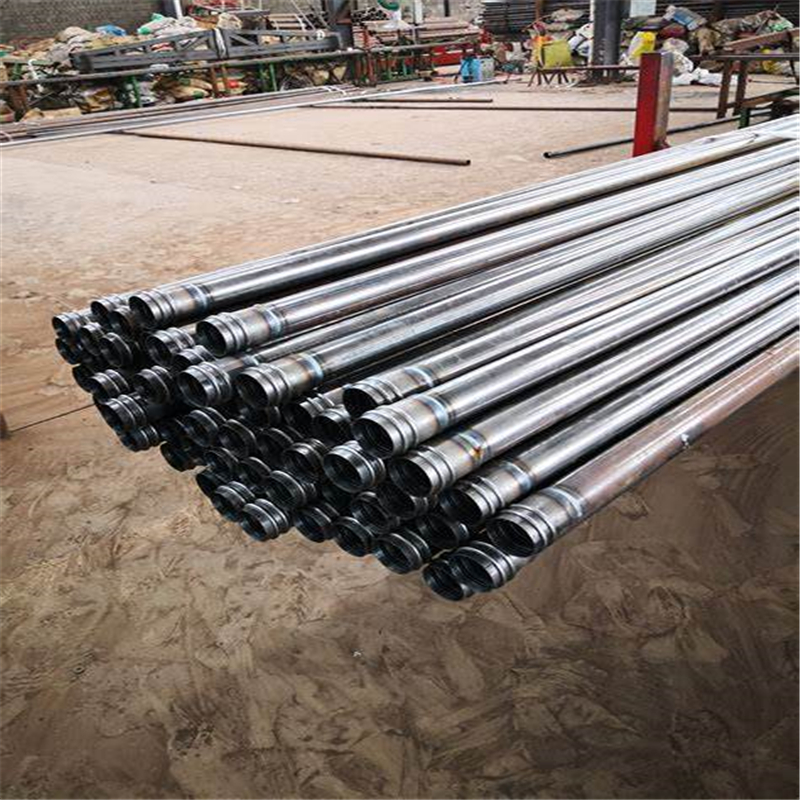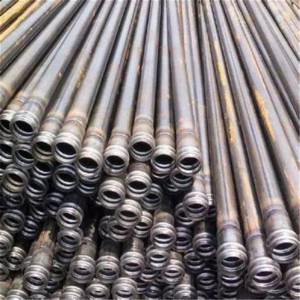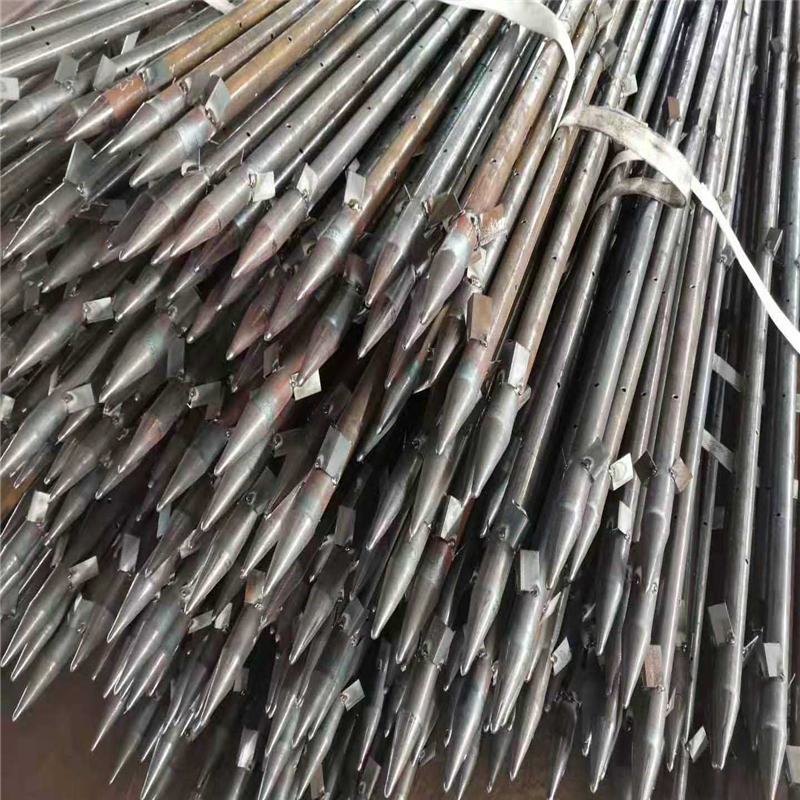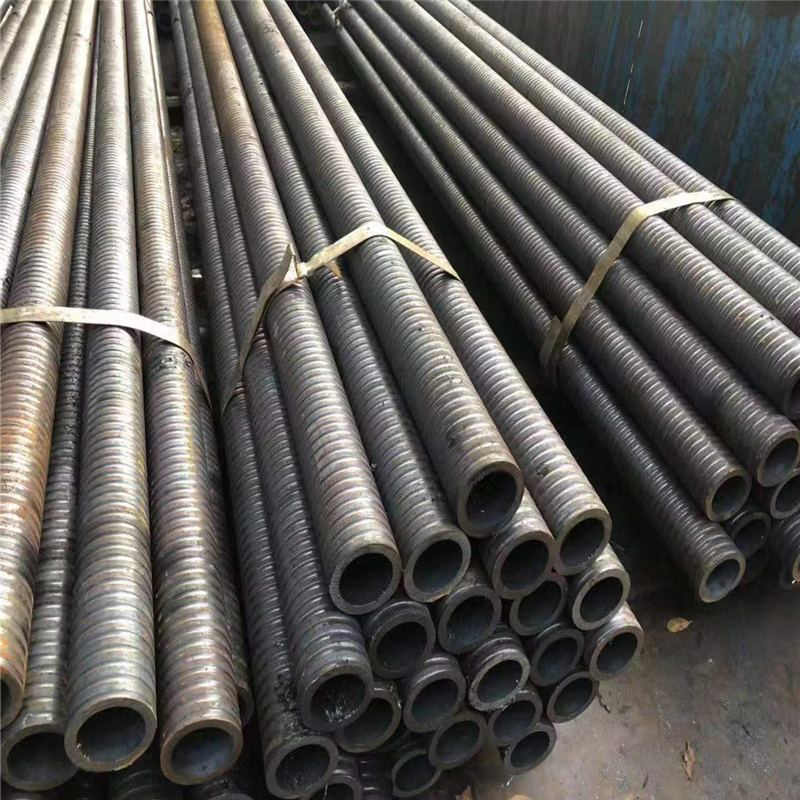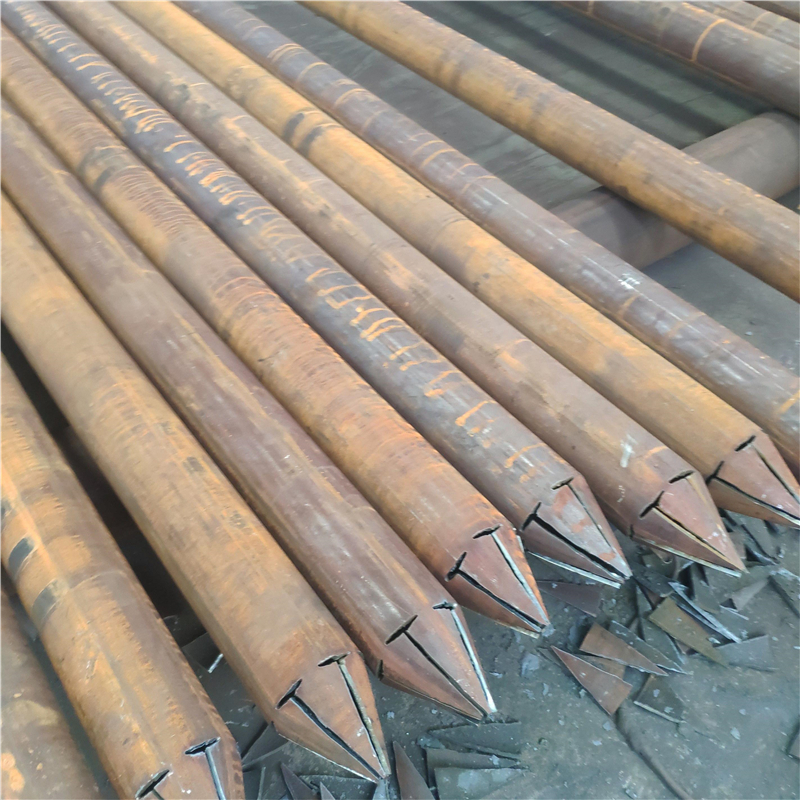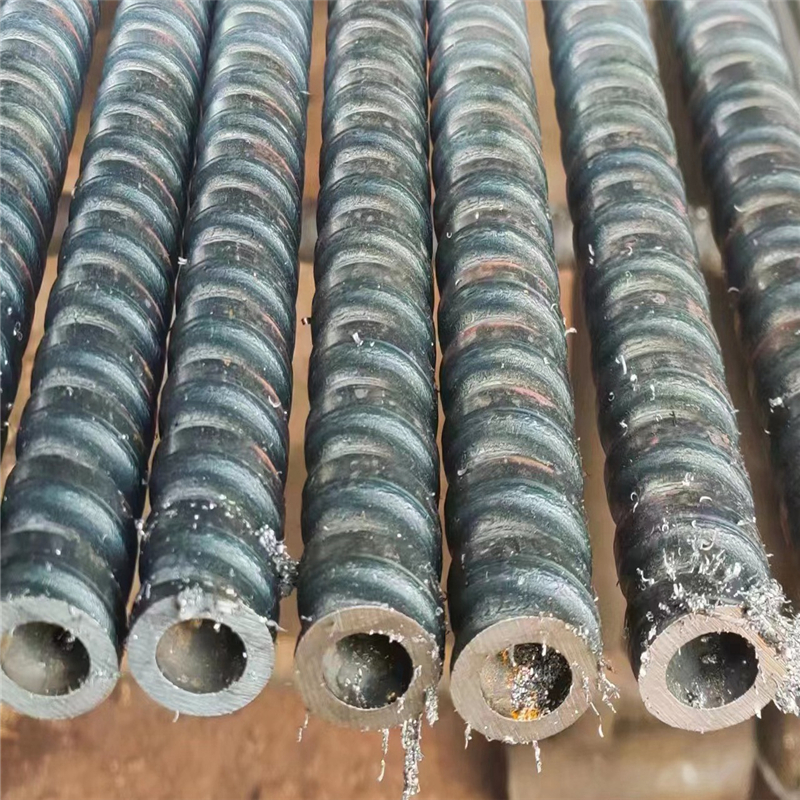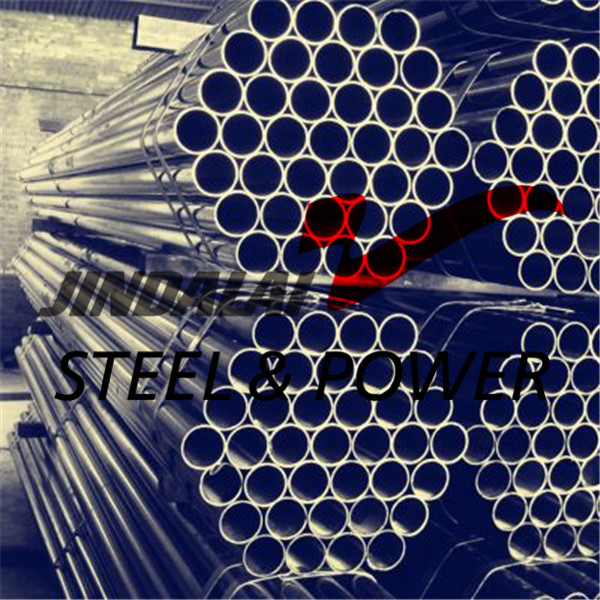Overview of Cross Hole Sonic Logging (CSL) Tubes
Cross Hole Sonic Logging (CSL) Tubes is an indispensable acoustic detection tube, which can be used to detect the quality of a pile. It is the channel through which the probe enters the interior of the pile during ultrasonic testing of cast-in-place piles. It is an important component of the ultrasonic testing system for cast-in-place piles, and its embedding method inside the pile and its layout on the cross-section of the pile will directly affect the testing results. Therefore, the pile to be tested should be marked with the layout and embedding method of the acoustic testing pipe in the design drawing. During construction, the quality of embedding and the thickness of the pipe wall should be strictly controlled to ensure the smooth progress of the testing work.
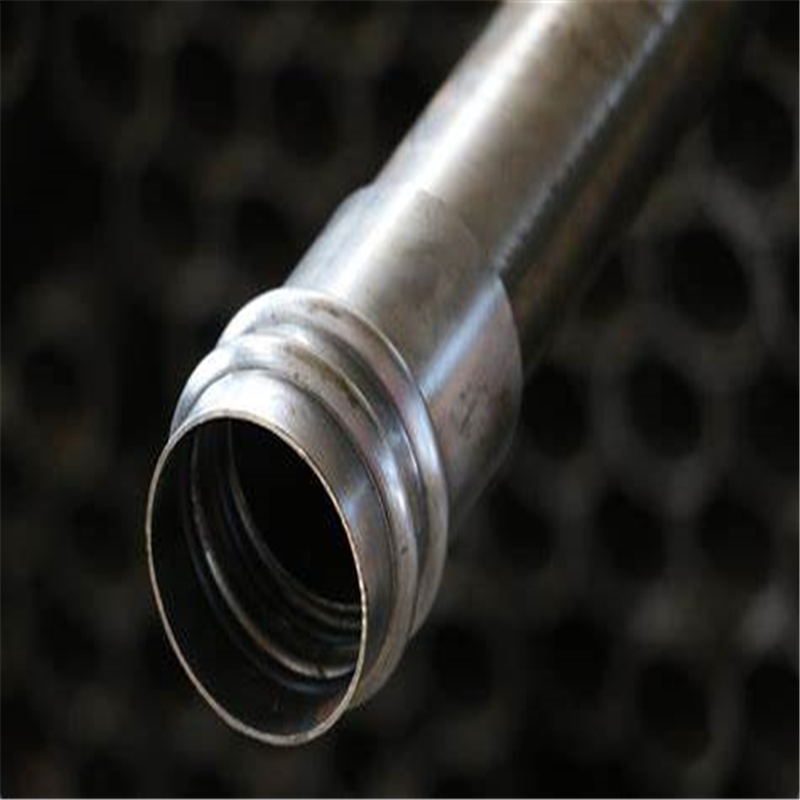
Specification of Cross Hole Sonic Logging (CSL) Tubes
| Name | Screw/Auger Type Sonic Log Pipe | |||
| Shape | No.1 pipe | No.2 pipe | No.3 pipe | |
| Outer diameter | 50.00mm | 53.00mm | 57.00mm | |
| Wall thickness | 1.0-2.0mm | 1.0-2.0mm | 1.2-2.0mm | |
| Length | 3m/6m/9m, etc. | |||
| Standard | GB/T3091-2008, ASTM A53, BS1387, ASTM A500, BS 4568, BS EN31, DIN 2444, etc | |||
| Grade | China Grade | Q215 Q235 According to GB/T700;Q345 According to GB/T1591 | ||
| Foreign Grade | ASTM | A53, Grade B, Grade C, Grade D, Grade 50 A283GRC, A283GRB, A306GR55,etc | ||
| EN | S185, S235JR, S235J0, E335, S355JR, S355J2, etc | |||
| JIS | SS330, SS400, SPFC590,etc | |||
| Surface | Bared, Galvanized, Oiled, Color Paint, 3PE; Or Other Anti-corrosive Treatment | |||
| Inspection | With Chemical Composition and Mechanical Properties Analysis; Dimensional and Visual Inspection, Also With Nondestructive Inspection. |
|||
| Usage | Used in the sonic testing applications. | |||
| main market | Middle East, Africa, Asia and some European country, America, Australia | |||
| Packing | 1.bundle 2.in bulk 3.plastic bags 4.according to client's requirement |
|||
| Delivery time | 10-15 days after the order be confirmed. | |||
| Payment Terms | 1.T/T 2.L/C: at sight 3.Westem Union |
|||
Performance Parameter
| Category | Spiral Type | Clamping Type | Sleeve Type | Push-in Sound | Socket | Flange Type | PEG Type | Heat Rubber Sleeve Type |
| Connection method | Screw | Clamp insert | Sleeve welding | Insert butt | Push-in card spring | Flange | Clamping | Heat shrink sleeve |
| Product Specification | Outer Diameter : 46 mm, 50 mm, 54 mm, 57 mm | Outer Diameter : 46 mm, 50 mm, 54 mm, 57 mm | Outer Diameter : 46 mm, 50 mm, 54 mm, 57 mm | Outer Diameter : 46 mm, 50 mm, 54 mm, 57 mm | Outer Diameter : 46 mm, 50 mm, 54 mm, 57 mm | Outer Diameter : 46 mm, 50 mm, 54 mm, 57 mm | Outer Diameter : 50 mm, 54 mm, 57 mm | Outer Diameter : 46 mm, 50 mm, 54 mm, 57 mm |
| Thickness : 2.0 mm, 2.5 mm, 2.8 mm, 3.0 mm, 3.5 mm | Thickness : 1.0 mm, 1.2 mm, 1.5 mm | Thickness : 1.0 mm, 1.2 mm, 1.5 mm, 2.0 mm, 2.5 mm, 2.8 mm, 3.0 mm, 3.5 mm | Thickness : 1.0 mm, 1.2 mm, 1.5 mm | Thickness : 1.0 mm, 1.2 mm, 1.5 mm, 2.0 mm, 2.5 mm, 2.8 mm, 3.0 mm, 3.5 mm | Thickness : 1.0 mm, 1.2 mm, 1.5 mm, 2.0 mm, 2.5 mm, 2.8 mm, 3.0 mm, 3.5 mm | Thickness : 3.0 mm | Thickness : 1.0 mm, 1.2 mm, 1.5 mm, 2.0 mm, 2.5 mm, 2.8 mm, 3.0 mm, 3.5 mm |
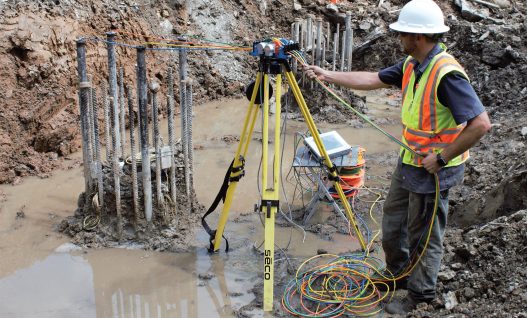
JINDALAI’s CSL pipes are composed of steel. Steel pipes are typically preferred over PVC pipes because PVC material can debond from concrete due to heat from the concrete hydration process. Debonded pipes often lead to inconsistent concrete test results. Our CSL pipes are frequently used as a quality assurance measure to guarantee the stability of drilled shaft foundations and structural integrity. Our customizable CSL pipes can also be used to test slurry walls, auger cast piles, mat foundations, and mass concrete pours. This type of testing can also be performed to determine the integrity of a drilled shaft by finding potential problems like soil intrusions, sand lenses, or voids.
-
A53 Grouting Steel Pipe
-
Hollow Grouting Spiral Anchor Rod Steel R32
-
A106 GrB Seamless Grouting Steel Pipes for Pile
-
R25 Self-Drilling Hollow Grout Injection Anchor...
-
A106 Crosshole Sonic Logging Welded Tube
-
ASTM A106 Grade B Seamless Pipe
-
SA210 Seamless Steel Boiler Tube
-
ASTM A312 Seamless Stainless Steel Pipe
-
ASME SA192 Boiler Pipes/A192 Seamless Steel Pipe



